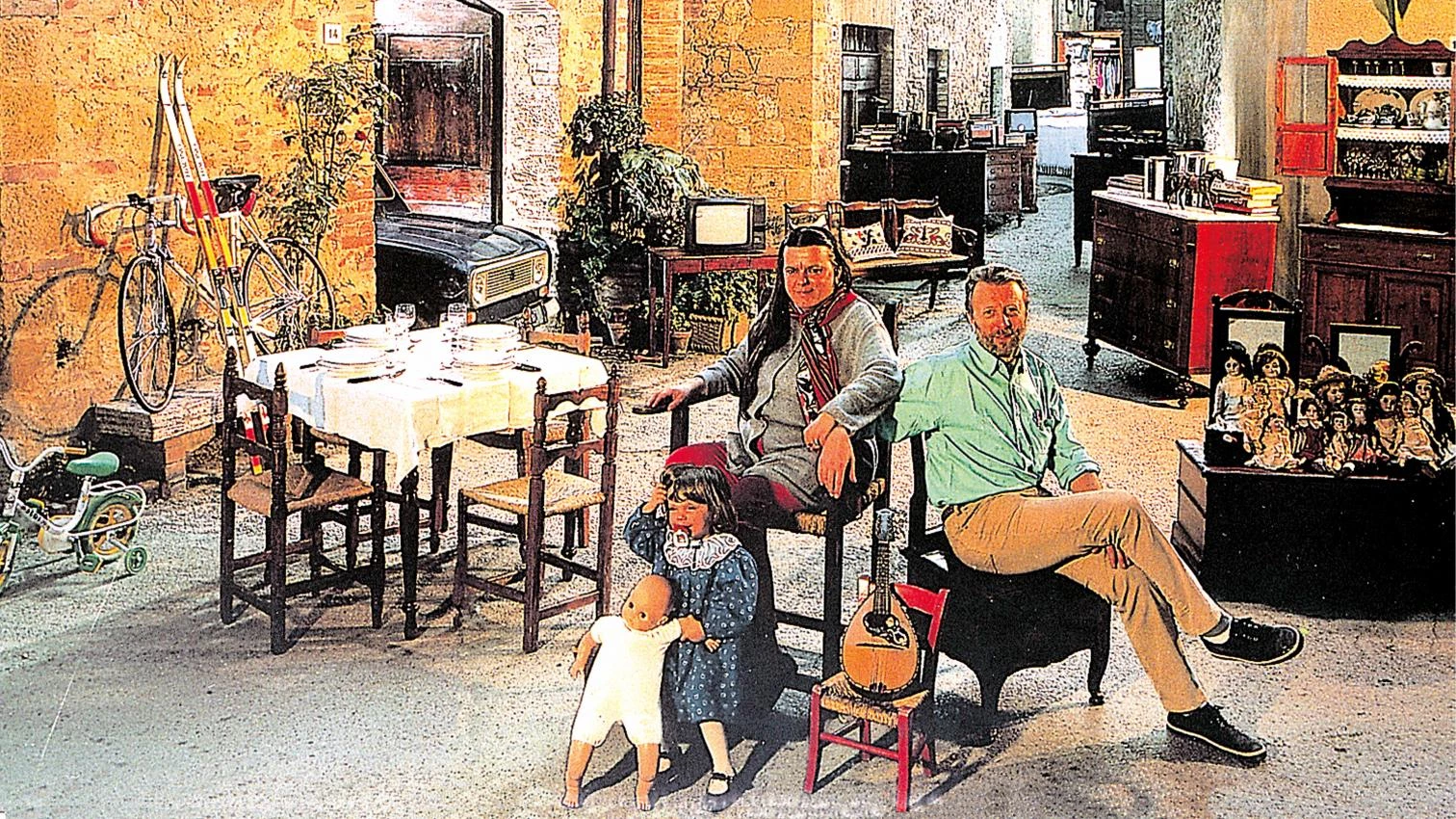
An Italian family showing the household furniture in the street, 1994
The old canonical modernity stripped architecture of desire. Reduced to a concise cell, the rational dwelling expels from its realm the dreary paraphernalia of objects, the suffocating design of interiors and the pretentious exterior display of character. But the healthy draining of the redundant foliage becomes a lethal hemorrhage when those penitentiary premises exclude furniture and belongings from their violent void, relinquish the submissive shell of comfort and pursue the atrocious purity of extreme nudity. This metaphorical weight loss therapy turns bulimia into anorexia, and the inappetent building loses the appetite for the skin and the pleasure in sleep. Mario Praz taught us to what extent The House of Life threads space and memory through objects, and in which way the domestic theater assigns us all the double role of collectors and curators of our own private museum of biographical pieces. This ‘system of objects’ weathered by use and encumbered by emotion are at the same time gear and load, atrezzo that keeps us company on our journey across the stage, and heavy luggage that hinders our movement in the changing landscape of a world submitted to the demanding rule of impatient nomadism, shameless transparency and unanimous imitation...[+]






